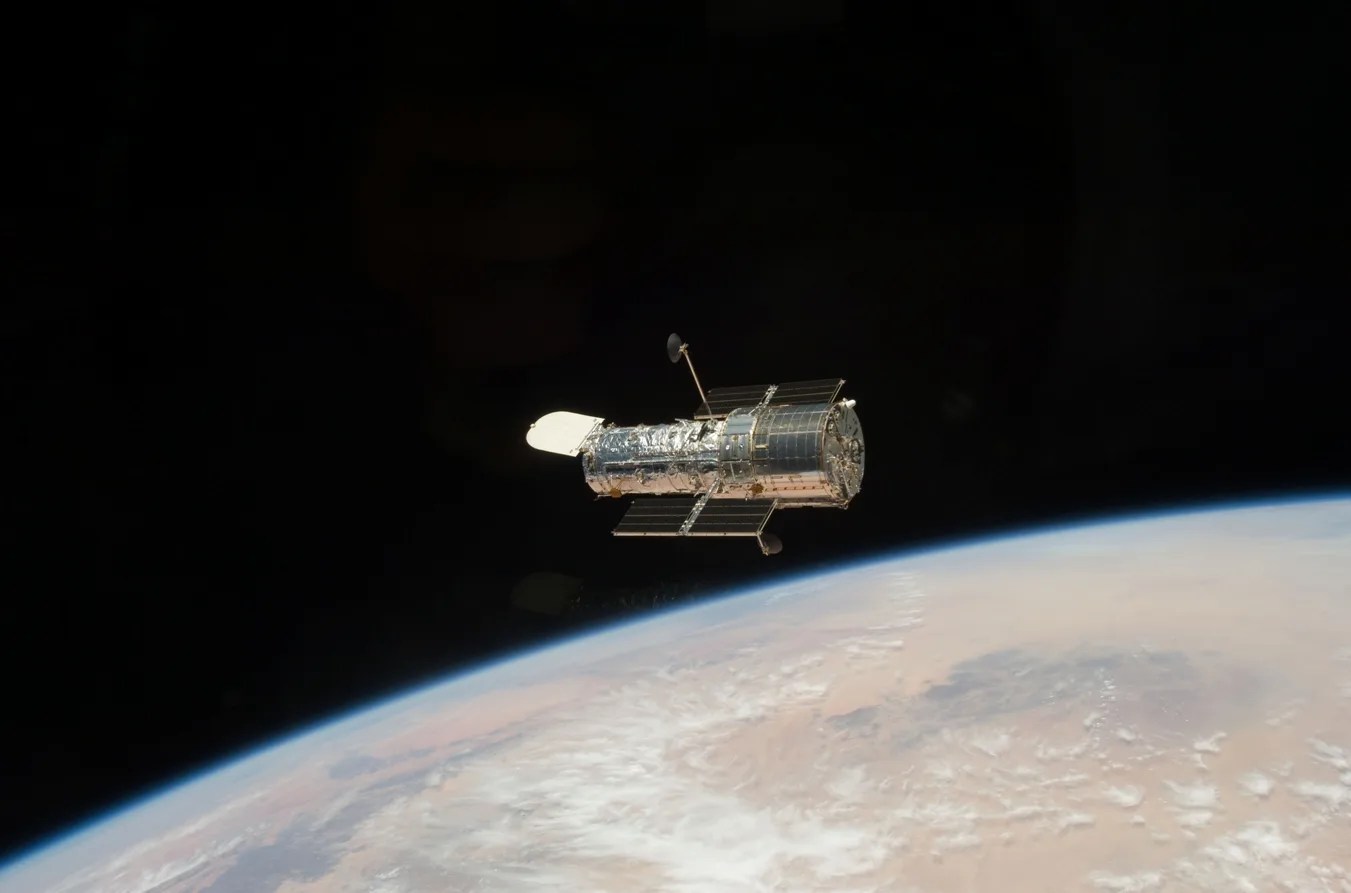1 min read

Like dust bunnies that lurk in corners and under beds, surprisingly complex loops and blobs of cosmic dust lie hidden in the giant elliptical galaxy NGC 1316. This image made from data obtained with the NASA Hubble Space Telescope reveals the dust lanes and star clusters of this giant galaxy that give evidence that it was formed from a past merger of two gas-rich galaxies.
The combination of Hubble's superb spatial resolution and the sensitivity of the Advanced Camera for Surveys (ACS), installed onboard Hubble in 2002 and used for these images, enabled uniquely accurate measurements of a class of red star clusters in NGC 1316. Astronomers conclude that these star clusters constitute clear evidence of the occurrence of a major collision of two spiral galaxies that merged together a few billion years ago to shape NGC 1316 as it appears today.
Credit: NASA, ESA, and The Hubble Heritage Team (STScI/AURA)







